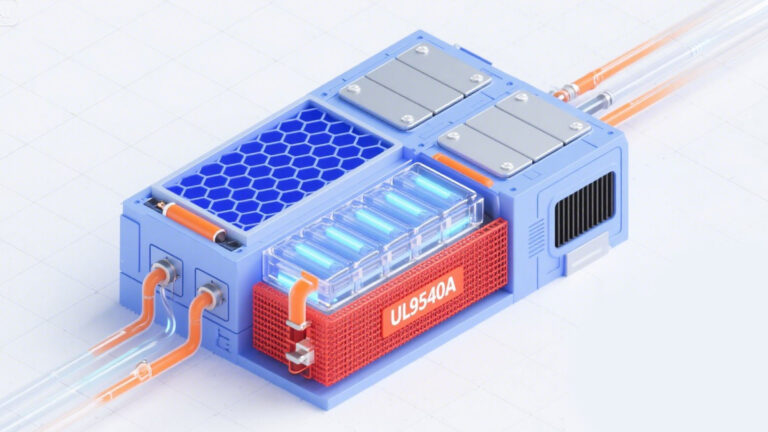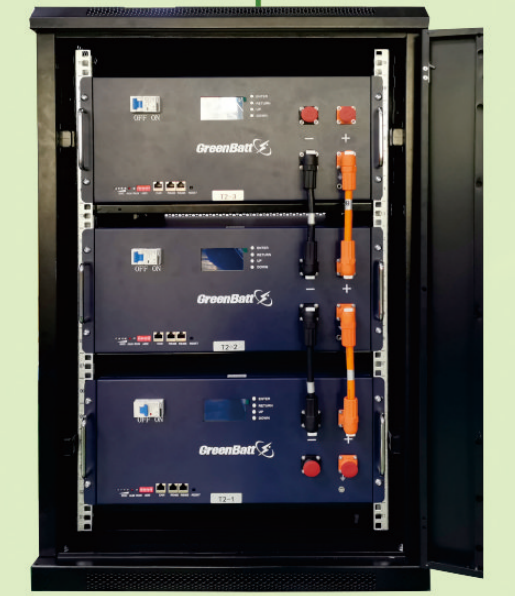Henan Liyue New Energy Co., Ltd

Introduce to customers how we assemble 48v lithium ion battery
I am a person who likes to share and summarize. Recently, a customer from Europe came to us and ordered a batch of 48V lithium-ion batteries for their commercial energy storage project. In order to help them better understand our production capacity and product quality, I invited him to visit our factory and personally took him to understand our battery PACK process. Today, I would like to share this story and some customer feedback.
First meeting: Customers are interested in our wall-mounted batteries
It was a sunny Wednesday morning when I drove 80 kilometers to Xinzheng International Airport to meet our European customer. I spotted him right away when he stepped off the plane, as we had often connected via video calls on WhatsApp to discuss work. This was our first face-to-face meeting. After a quick greeting, we headed straight to the company headquarters to see the products.
During the drive, I asked him, “We’ve already covered all the product details online. Why come in person to take a look?” He smiled and replied, “It’s part of my job. I have the responsibility to ensure everything meets my customers’ needs.” I couldn’t agree more, so I responded, “I feel the same way.” We both laughed, enjoying the light moment.
Before long, we arrived at the company’s battery production line. The customer was visibly excited to see the 48V lithium-ion battery pack he had ordered. I took the opportunity to explain how lithium-ion batteries are the ideal choice for photovoltaic energy storage systems. Compared to traditional lead-acid batteries, they offer higher capacity, a longer lifespan, and more efficient energy conversion. The 48V200Ah 10 kWh model he had chosen is very popular in residential and commercial energy storage applications across Europe. He had made a great choice.
I then briefly introduced the key features of the 48V lithium-ion battery: a voltage of 48V, a capacity of 200Ah, and a total power output of 9600W. Its wall-mounted design, similar to an inverter, makes it perfect for homes and commercial spaces with limited floor space, helping to save valuable room.

Start explaining the PACK process: Let customers have a deep understanding of our manufacturing process
Next, I led the customer into the production workshop and began explaining how we assemble the battery packs. With over 20 years of experience, we follow a strict process to ensure the highest safety and performance for every battery.
Step 1: Select high-quality lithium battery cells and assemble them
“We start with the lithium battery cells,” I explained. “For our 48V lithium-ion batteries, we use 3.2V lithium iron phosphate (LiFePO4) cells, which we manufacture in-house. These cells are known for their high safety and stability, ensuring a longer battery life.”
We first connect 15 qualified 3.2V 200Ah battery cells in series after testing, because the series voltage is added, we get a battery module with a voltage of 48V and a capacity of 200Ah. I introduced to the customer. “Don’t think it’s just a simple assembly link. We use the best laser welding process for each battery to ensure that every battery we produce is a high-quality product.”
Pointing to the battery pack being assembled, I showed the customer the details of the connecting wires and connectors, ensuring that the electrical connection between each battery cell is firm and there is no risk of loosening.
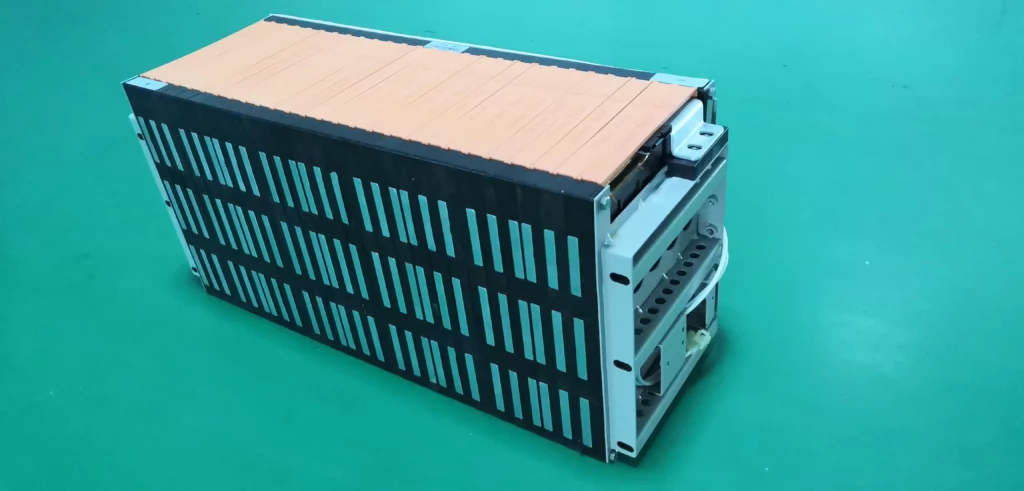
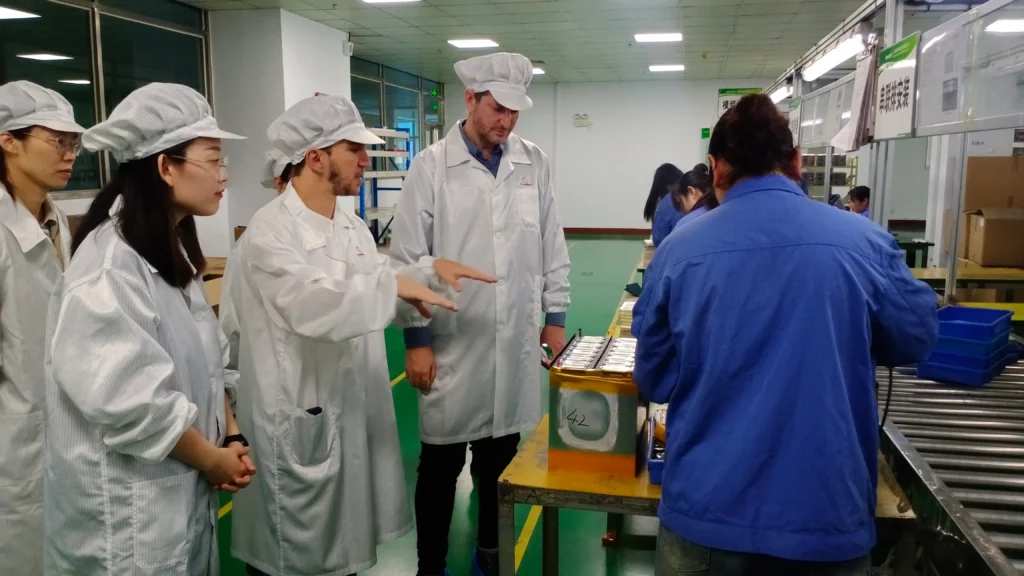
Step 2: Install the Battery Management System (BMS)
“Next, we install the Battery Management System (BMS) onto the battery module,” I explained. “The BMS is vital for battery safety. It monitors the voltage and temperature of each cell in real time, preventing damage from overcharging or over-discharging. We can also add features like GPS and Bluetooth for remote monitoring, allowing users to track the battery’s status.”
I took the customer to observe the installation process of the BMS. The customer seemed very satisfied and said that this was exactly the high-end management system he needed, which would allow their customers to use our batteries with more peace of mind.
Step 3: Shell Packaging and Heat Dissipation Design
“Then, “We put the battery module into a customized shell,” I explained. “This step is crucial because the shell not only protects the battery module but also provides effective heat dissipation. Overheating is one of the main causes of battery damage, so we’ve designed an efficient and safe cooling system for each battery pack.”
The customer, showing a keen interest, asked, “How do you ensure that the battery doesn’t overheat, especially in extreme environments?”
I responded, “That’s a great question. Our battery cases use high-quality alloy materials designed to withstand extreme temperatures and pressures, ensuring stability even in the most demanding conditions over time.”
Our system features intelligent temperature control, constantly monitoring the battery’s temperature. If the temperature exceeds the safe threshold, the system automatically activates a protective mechanism.” I continued, “Whether it’s the hot summer or freezing winter, our batteries are built to maintain efficiency and ensure stable, long-term operation.”
The customer nodded thoughtfully, clearly satisfied with the explanation. He emphasized how crucial it is to maintain long-term stability, especially in extreme climate conditions.
Step 4: Final testing and debugging
“Finally, once assembly is finished, we conduct a series of tests,” I added. “These include charge and discharge tests, BMS function checks, and safety evaluations to ensure each battery meets international standards.”
I took the customer to visit our testing laboratory and showed many certificate reports of our product testing by third-party institutions. After reading it, the customer expressed high recognition and praised our strict management for making them more at ease.
Long-term cooperation based on quality and trust
After visiting the factory, the customer was very pleased. He said that he now had a full understanding of the production process for our 48V lithium ion battery. He also expressed complete confidence in our factory’s production and management system. The customer mentioned that he would continue to cooperate with us to expand more home energy storage projects.
As more customers learn about our production process and quality control, I believe our products will gain wider recognition in the market.
If you’re interested in our 48V lithium ion battery, feel free to contact us. We’re committed to providing you with the best battery solutions.
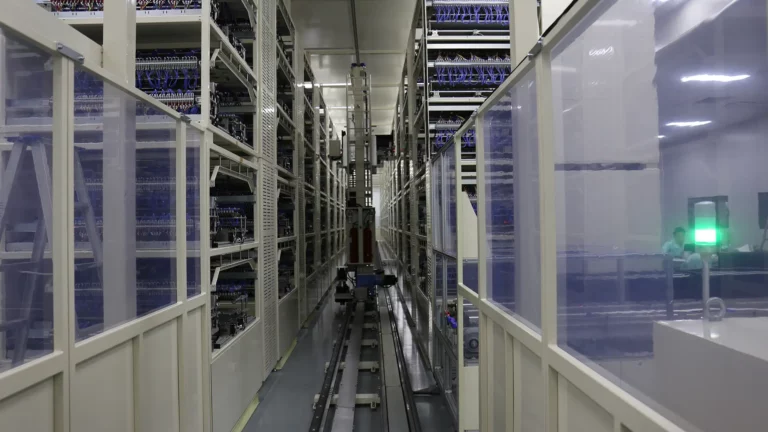
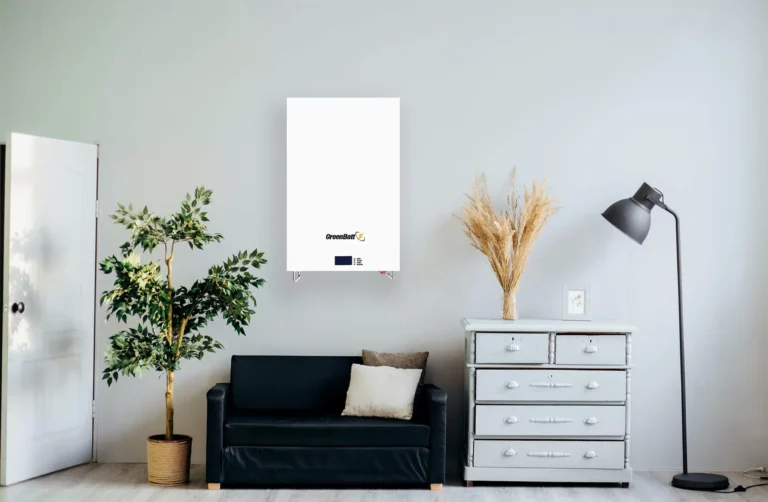

夸大参数_-3D立体字效,_8000-CYCLES_(50撕毁)、_0--768x432.jpg)
